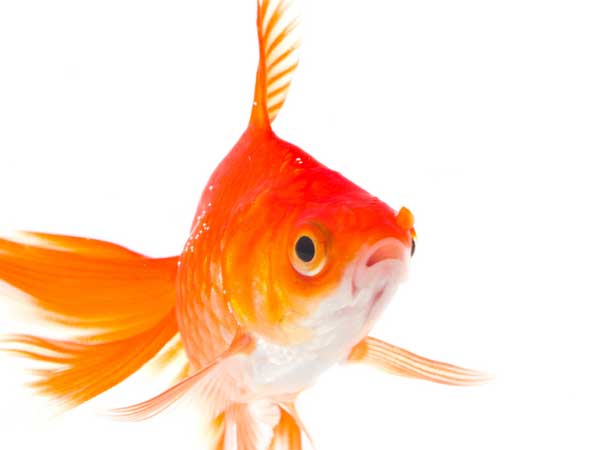Can Saltwater Fish Live in Fresh Water?

Some fish species can live in both freshwater and saltwater. These species are called euryhaline fish. However, most fish species can only survive in one or the other based on their salinity tolerance, or how much salt their bodies can handle.
The highly adaptable euryhaline species are able to endure a wide range of salt levels , according to The National Biological Information Infrastructure (NBII). They are successfully able to migrate back and forth between saltwater, such as the ocean, and freshwater, which includes certain rivers.
There are two main types of euryhaline fish: anadromous and catadromous. Anadromous fish are born in freshwater but spend most of their lives in the sea, only returning to freshwater in order to spawn. These fish include salmon, smelt, shad, striped bass, and sturgeon, according to the Alaska Department of Fish and Game.
Catadromous fish, on the other hand, generally live in freshwater bodies of water and only enter saltwater to spawn. North American eels and European eels fall under this category, according to the National Marine Fisheries Service (NMFS).
Most fish that can only tolerate narrow ranges of salinity and are highly sensitive to any changes in the levels of salt to the water in which they dwell. These fish are known as stenohaline species and include goldfish, which can live only in a freshwater environment. Reversely, tuna can exist exclusively in saltwater, according to the NMFS.
In fact, freshwater fish will often be unable to survive if the salinity levels of their surrounding water reaches more than .05 percent, according to the National Biological Information Infrastructure (NBII).
When migrating, even euryhaline fish need to undergo an acclimation period, or time for their bodies to adjust to a different salinity than they are used to. By associating various habitats' salinity with different stages of life, euryhaline fish are able to balance salt concentrations between their bodies and their surrounding, according to NBII.
Sign up for the Live Science daily newsletter now
Get the world’s most fascinating discoveries delivered straight to your inbox.
Originally published on Live Science.










